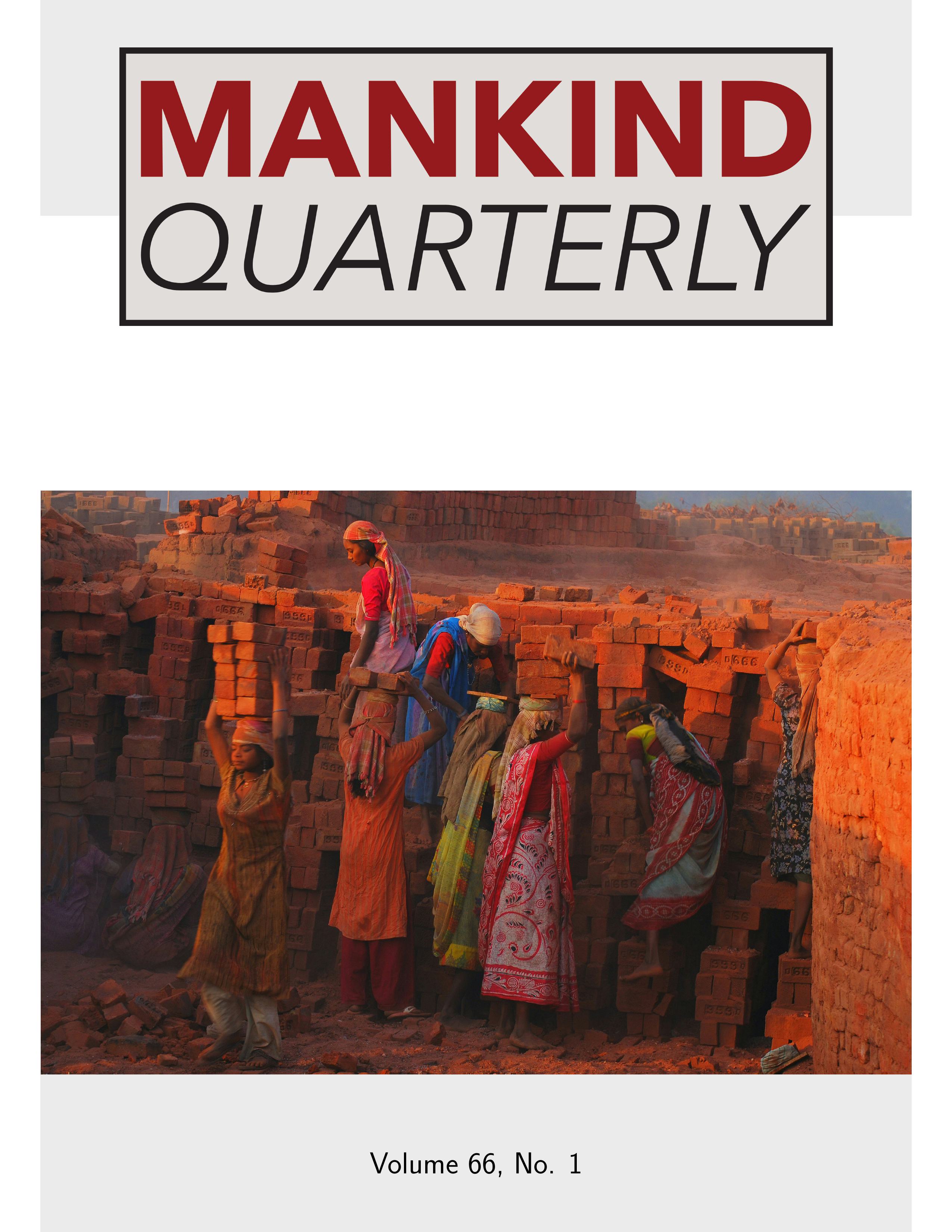Home > Archive > Volume 63, No. 4 > This paper
Prison Populations: The International Mystery
Simon Wright and Emil O. W. Kirkegaard
Published: 2023/06/01
Abstract
At first glance international prison rates, measured by prisoners per 100,000 population, appear to be uncorrelated with national intelligence and with racial diversity, which contradicts both a priori expectations and individual level observations that higher intelligence (IQ) generally reduces criminality, although GDP per capita shows a small positive correlation. We present a solution to this mystery by first breaking prison rates into three components: crime rates (proxied by homicide rates), effectiveness at catching and imprisoning criminals, and sentencing length. We then employ a path analysis to first estimate the effect of national IQ and racial diversity on GDP per capita and income inequality. Finally, we estimate both the direct and indirect association of intelligence and diversity with our prison rate components. Consistent with previous literature we find that national IQ increases GDP per capita and reduces income inequality, whilst racial diversity raises income inequality. GDP per capita in turn is correlated with lower homicide rates, higher effectiveness and longer sentencing length, whilst inequality is not significantly associated with any outcome variable, after controlling for racial diversity. While the association between national IQ and prison rate components appears to be entirely indirect, through the channel of national income, racial diversity is directly associated with higher homicide rates and is weakly positively correlated with sentencing length. This evidence suggests that the opposing effects of raising effectiveness and reducing homicide rates provides an explanation for the lack of correlation between national IQ and prison rates. Keywords: Prisoners, Crime, Homicide, Intelligence, GDP, Racial diversity, Income inequality, Police effectiveness
Download PDF
